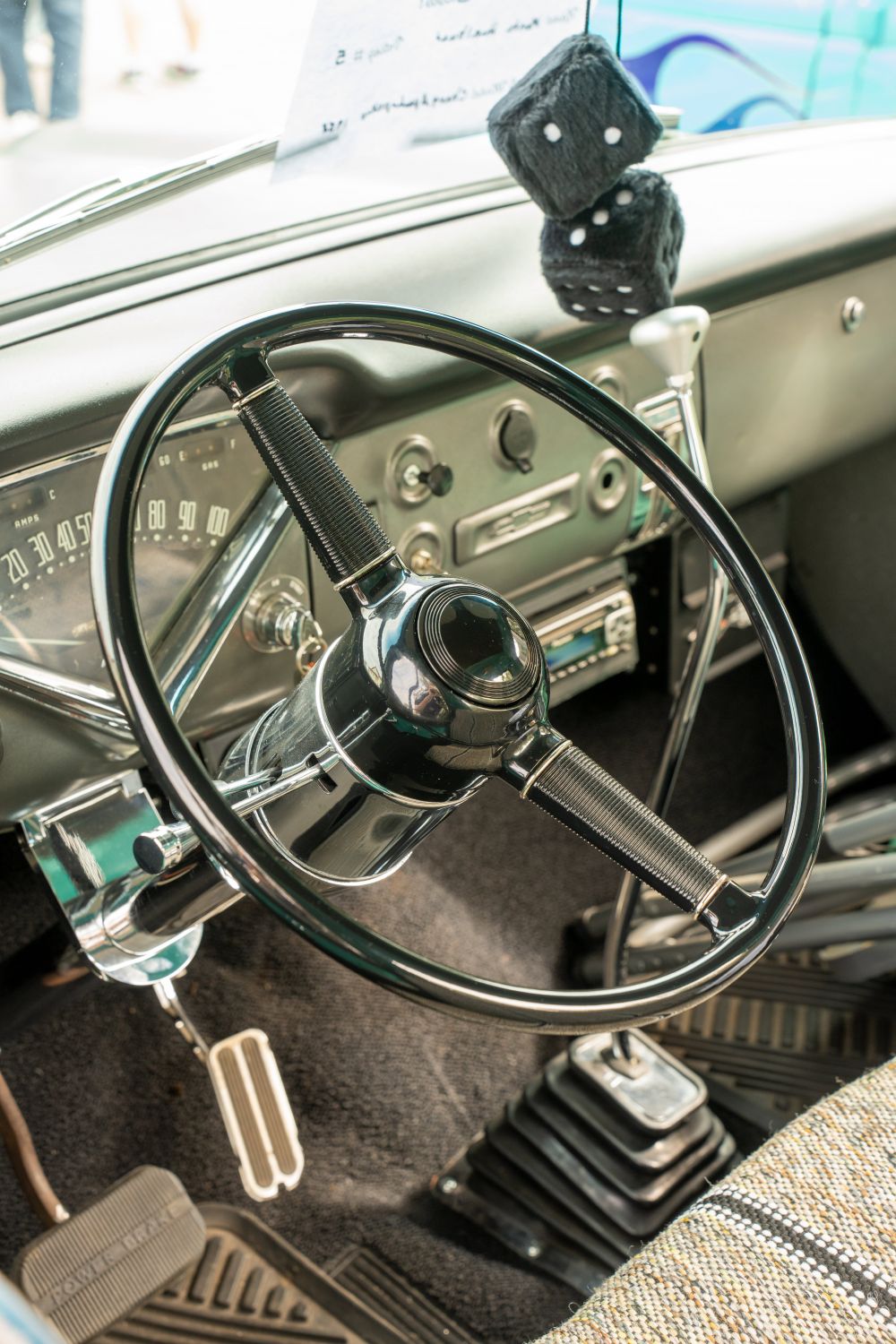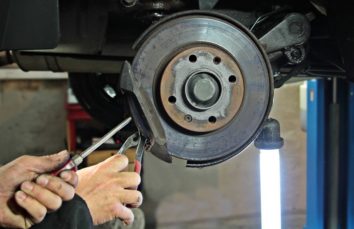Classic American Cars: A Nostalgic Journey into Automotive Excellence

Introduction:
In the vast automotive landscape, few things capture the imagination of car enthusiasts quite like classic American cars. These timeless pieces of engineering represent an era of automobile manufacturing that has shaped the industry into what it is today. In this article, we will delve into the world of classic American cars, exploring their significance, popularity, distinguishing features, historical context, and the key factors that drive enthusiasts to acquire them.
An Overview of Classic American Cars:

Classic American cars encompass vehicles produced during the mid-20th century, specifically between the 1920s and 1970s. They are renowned for their iconic designs, powerful engines, and the sense of nostalgia they evoke. These cars, often characterized by their long hoods, chromed accents, and striking curves, have become symbols of American culture and craftsmanship.
A Comprehensive Presentation of Classic American Cars:
Classic American cars come in various types, each with its unique characteristics and appeal. Muscle cars, exemplified by the Ford Mustang, Chevrolet Camaro, and Dodge Charger, are known for their high-performance engines and aggressive styling. On the other hand, luxury cars like the Cadillac, Lincoln, and Buick evoke elegance and sophistication. Additionally, there are classic American trucks, such as the Ford F-150 and Chevrolet C10, which combine ruggedness and functionality with vintage charm. The popularity of these vehicles remains strong, as they continue to captivate car enthusiasts around the world.
Quantitative Measurements of Classic American Cars:
To truly understand the impact of classic American cars, it is essential to explore their quantitative aspects. Through decades of production, these vehicles have amassed impressive figures in terms of sales, horsepower, and top speeds. For instance, the Ford Mustang, introduced in 1964, sold over one million units in its first two years. The Chevrolet Corvette, an American classic, boasts a horsepower range spanning from 195 to a staggering 755 in its latest iteration. These statistics showcase the enduring appeal and performance capabilities of classic American cars.
Distinguishing Features and Variations among Classic American Cars:
While classic American cars share a common heritage, they possess distinct features that set them apart. Chevrolet, for example, is known for its trademark tailfins, which reached their peak in the late 1950s. Ford, on the other hand, embraced the design concept of the ”long hood, short deck” in models like the Ford Thunderbird and the Ford Torino. Additionally, each manufacturer infused its vehicles with unique design elements, such as grille designs, body lines, and iconic badges, further differentiating one classic American car from another.
A Historical Exploration of the Pros and Cons of Various Classic American Cars:
When examining classic American cars, it is crucial to acknowledge their historical context, as this sheds light on both their advantages and disadvantages. During the post-war era, American manufacturers focused on producing larger, more comfortable cars, often sacrificing fuel efficiency. However, these vehicles boasted enhanced interior space, smooth rides, and powerful engines. As fuel prices increased and environmental concerns grew, smaller, more efficient vehicles emerged, reflecting a shift in consumer preferences. Classic American cars represent an era that embraced raw power and style, albeit at the expense of modern amenities and fuel economy.
The Decisive Factors for Car Enthusiasts when Purchasing a Classic American Car:
For car enthusiasts, the decision to purchase a classic American car is influenced by various factors. One crucial aspect is the car’s overall condition, as enthusiasts often seek well-maintained examples that retain their original specifications. Rarity and collectibility also play a role, as limited production numbers or special edition models can significantly increase a car’s value. The availability of spare parts and the presence of a robust support network for restoration and maintenance are other critical considerations. Additionally, the emotional connection to a particular make or model and its significance in automotive history can greatly influence a buyer’s choice.
Conclusion:
Classic American cars hold a special place in the hearts of car enthusiasts worldwide. Their timeless designs, performance capabilities, and historical value make them more than just vehicles; they are cherished symbols of a bygone era. Whether it be the raw power of a muscle car, the elegance of a luxury vehicle, or the rugged charm of a classic American truck, these automobiles continue to evoke admiration and captivate the imaginations of generations to come.
[INSERT VIDEO HERE: A montage of classic American cars in action, showcasing their iconic designs and performance.]
FAQ
What defines a classic American car?
What are the different types of classic American cars?
What are some key factors to consider when buying a classic American car?
Fler nyheter
En guide till fulländad rekond i Norrtälje
Introduction: In the vast automotive landscape, few things capture the imagination of car enthusiasts quite like classic American cars. These timeless pieces of engineering represent an era of automobile manufacturing that has shaped the industry int...
01 juli 2025
Dags att byta bilruta i Vimmerby?
Introduction: In the vast automotive landscape, few things capture the imagination of car enthusiasts quite like classic American cars. These timeless pieces of engineering represent an era of automobile manufacturing that has shaped the industry int...
03 juni 2025
Bilservice i Malmö: Viktigt att tänka på
Introduction: In the vast automotive landscape, few things capture the imagination of car enthusiasts quite like classic American cars. These timeless pieces of engineering represent an era of automobile manufacturing that has shaped the industry int...
04 maj 2025
Upptäck fördelarna med en hybridcykel
Introduction: In the vast automotive landscape, few things capture the imagination of car enthusiasts quite like classic American cars. These timeless pieces of engineering represent an era of automobile manufacturing that has shaped the industry int...
05 april 2025











